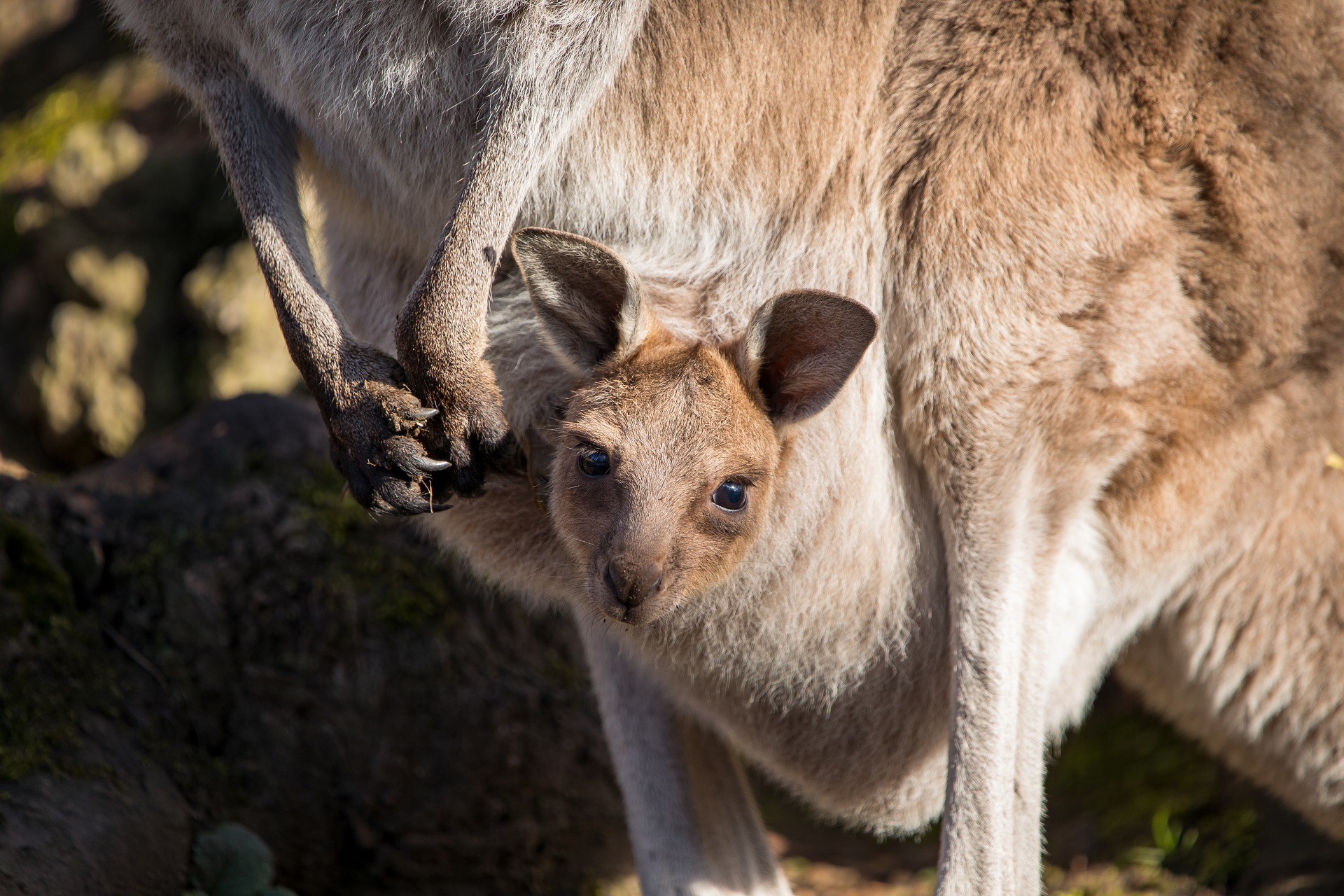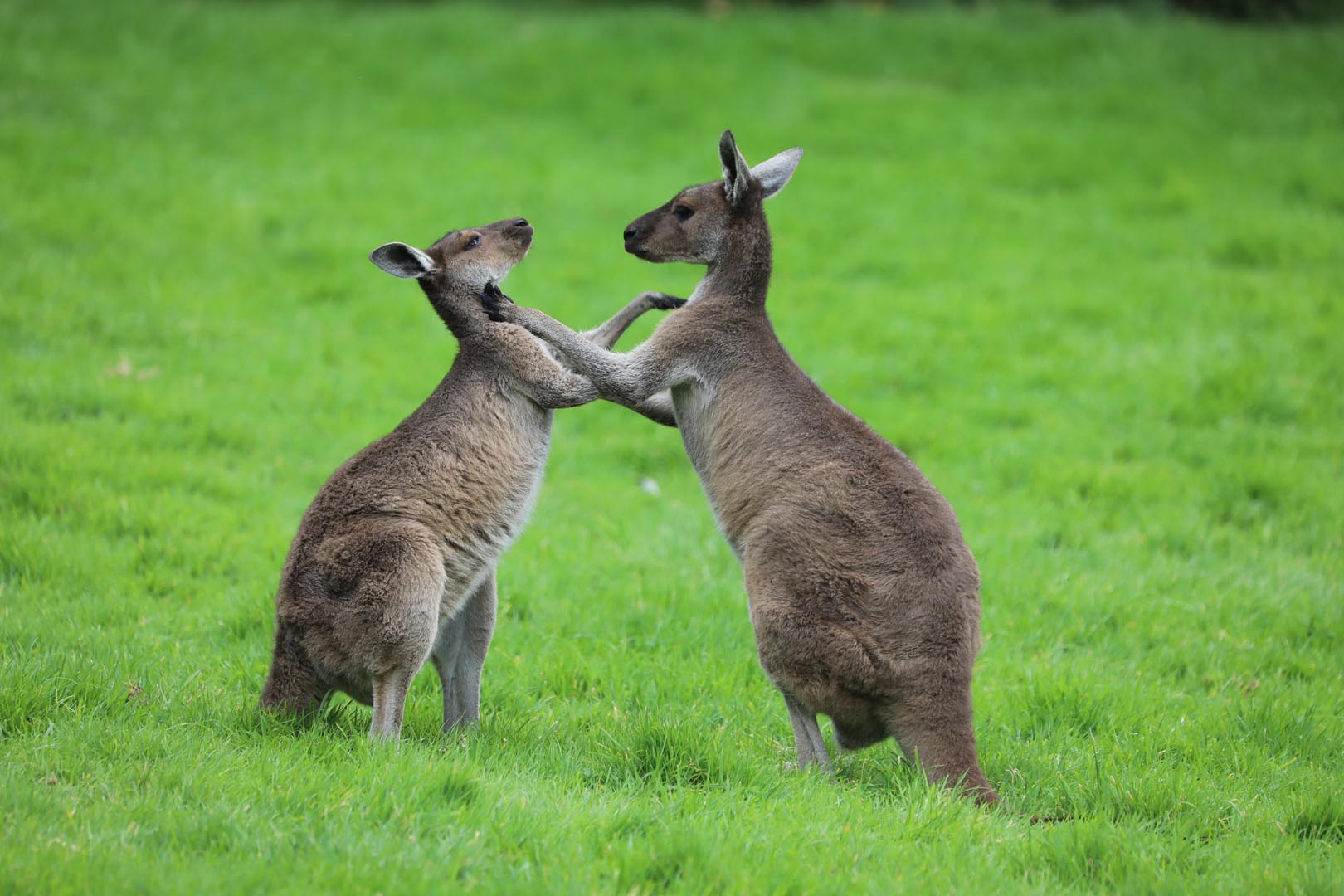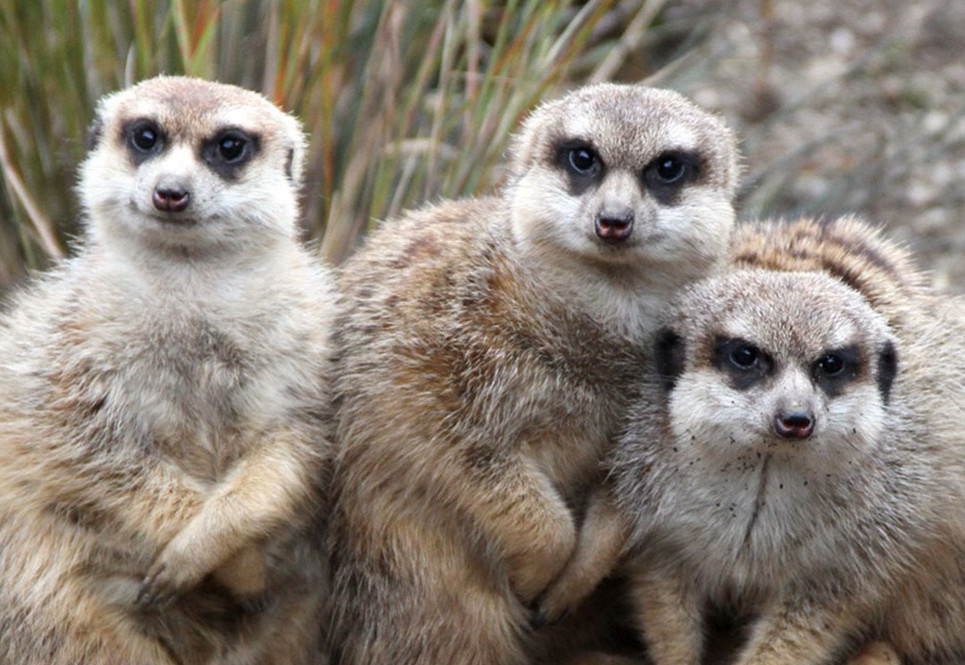Western grey kangaroo
Macropus fuliginosus melanops

We are home to three western grey kangaroos – two females called Mia and Rebel and a male called Ricciardo.
Western grey kangaroos are one of the largest and most common species of kangaroo.
Population
Increasing
IUCN August 2018
Diet
Herbivore
Habitat
Desert
Fact file
They have powerful, enlarged rear legs which support the familiar leaping motion. This is also aided by their long tail, which acts as a balance, and by an ankle adaptation which prevents the foot rotating sideways, so that kangaroos cannot twist their ankles while hopping
They are most active from late afternoon to early morning, resting during the day in the shelter of trees and shrubs

How we're helping
Like all the animals in our care, our kangaroos are amazing ambassadors for their relatives in the wild and help hundreds of thousands of people connect with nature every year. They encourage visitors to learn about the threats facing wildlife and the action they can take to help create a world where nature is protected, valued, and loved.
As a wildlife conservation charity, we care for the animals here at the zoo and work to protect species at risk around the world. From providing expertise in genetics and veterinary health, to protecting wild places with local conservation partners, and even restoring threatened species to the wild, we are active where we are needed most.
Find out more about RZSS conservation
